Our local products
The Deux Rives territory is, with its mainly clay-limestone soils, and its variety of exposures (hillsides, Garonne valley), conducive to the cultivation of many local products : condiments, wines, fruits, vegetables … You will discover here the most emblematic, as well as our producers and some tasty recipes in our downloadable gourmet notebook.
Lomagne white garlic – IGP
Its history
Numerous writings and popular traditions attest to the anteriority of the cultivation of garlic in Lomagne. Already in 1265, writings mention the existence in Tarn-et-Garonne of royalties on gardening for the cultivation of garlic.
The Protected Geographical Indication
The Protected Geographical Indication obtained in 2008 frames a specific cultural route. It is not enough to be harvested in Lomagne to benefit from the appellation. Each batch from a qualified farm and from a referenced plot located in the geographical area is checked on the basis of the qualitative criteria of the specifications: minimum size, visual appearance of the bulbs. This control allows the selection of the batches which can be certified as “Garlic blanc de Lomagne”.
Its characteristics and virtues
White garlic from Lomagne is in the form of white bulbs with sometimes purple flames. It must respect a certain number of qualitative criteria, in particular the size (greater than 45 mm) and the visual quality of the round-shaped bulbs. Appreciated for its culinary properties, garlic is known for its medicinal properties. Indeed it seems to have all the virtues. Since ancient times, all doctors have recognized it as having multiple benefits: bactericides, anti-cough, deworming, contraceptives …
A culture based on ancestral know-how
The production of white garlic from Lomagne is characterized by the maintenance of ancestral know-how such as the drying of the garlic on racks, the manual peeling of the garlic and the development of traditional presentations (braids, baskets or sheaves).
Drying on racks
Traditional bar drying involves hanging garlic harvested as haulm on bars in a sheltered room that is open to the outside. Autan wind plays an important role in the natural drying of garlic. It is a hot, dry wind blowing from the Mediterranean. It is very active in Lomagne and thus participates in maintaining traditional bar drying.
Manual peeling
Manual peeling, which is obligatory, produces a product with a careful presentation, characteristic of Lomagne white garlic: homogeneous bulb without tearing, white, roots evenly cut.
Traditional presentations
The absence of a rigid floral stalk allows the development of characteristic presentations of Lomagne white garlic such as braids and bundles. These traditional presentations are very present in the events around white garlic from Lomagne.
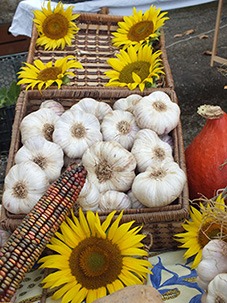
Le Brulhois – AOC wine
Its history
Since ancient times, this wine was known and appreciated. In the Middle Ages, English kings were so fond of it, that writings can be found in the archives of Westminster Abbey. At that time, we did not speak of Brulhois wine, we spoke rather of “black wine” as its color was dark.
The Controlled Designation of Origin
In the 19th century, phylloxera decimated the vineyard. And if, in 1964, four winegrowers had not committed to this wine being reborn, it would probably no longer exist. In 1984, the Côte du Brulhois wine was recognized as AOVDQS (Designation of Origin Delimited Wine of Superior Quality).
And since the winegrowers believe in the future of their terroir, they continue to struggle, to seek the excellence of their vineyard and to file an AOC recognition file: in 2011, they obtained the prestigious Appellation d’Origine Contrôlée Brulhois. The wines of Brulhois, these wines from an intermediate country – that is to say both from New Aquitaine and Occitanie – have become the 4th Appellation d’Origine Contrôlée of Lot et Garonne.
Its characteristics
Long experience has made it possible to determine the best land for the vineyard plot by plot. Among the diversity of the grape varieties of yesteryear, the Vignerons du Brulhois have chosen Tannat, Malbec, Fer Servadou and Abouriou, associated with Merlot, Cabernet Franc and Cabernet Sauvignon.
Its geographical location, at the crossroads of oceanic influence and Mediterranean influence, reinforces the character of Brulhois wines, comparable to no other wine.
In the land of Black Wine, white and rosé wines, round and fruity, dry or sweet, are the charming ambassadors of Brulhois wines.
Like the men and women of Brulhois, the wines are sharing, love and character.
Links to the terroir
Between Bordeaux and Toulouse, Brulhois belongs to the family of wines from the South West: this living mosaic of tastes and colors. Surrounding the Garonne, the Brulhois terroir is made up of gravel slopes and plateaus, sandy-stony soils on the surface and clayey in depth, typical of quality vineyards.
Cultivating practices that respect the environment
Reasoned pest management, work in the vines and the soil, everything is done by the winegrowers to bequeath to future generations this vineyard as they may have received it.
Since 2011, a young winegrower has been involved in an organic production process, the “Domaine de Bel Casse”.
Since 2017, another commitment from several producers has led this appellation towards High Environmental Value, guaranteeing respect for the quality of the products and the soil beyond reasoned pest management according to national and European recommendations.
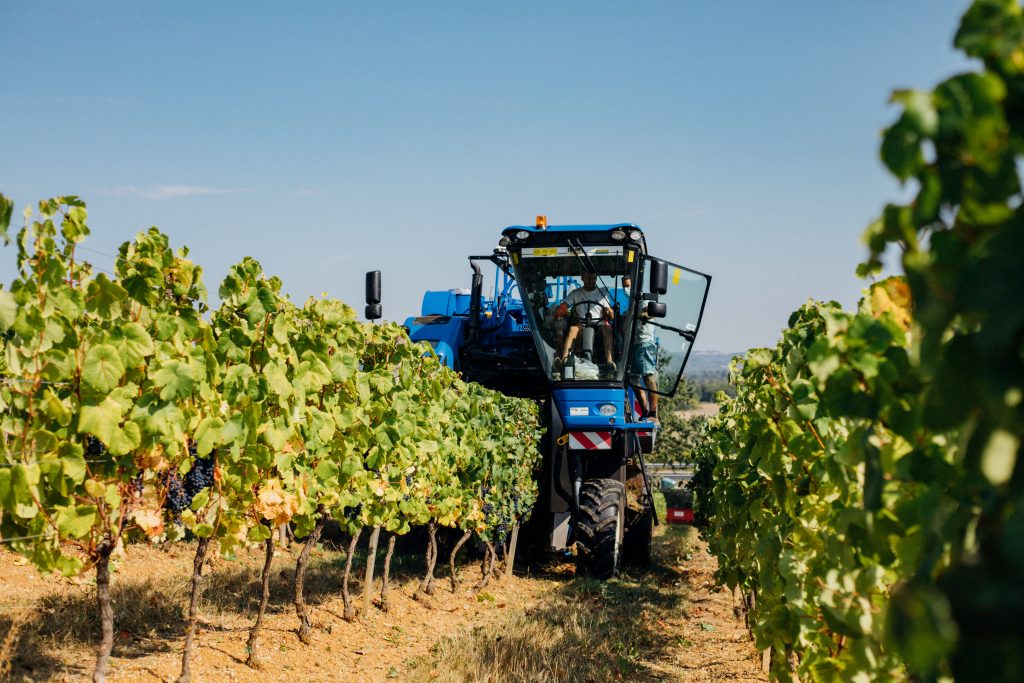
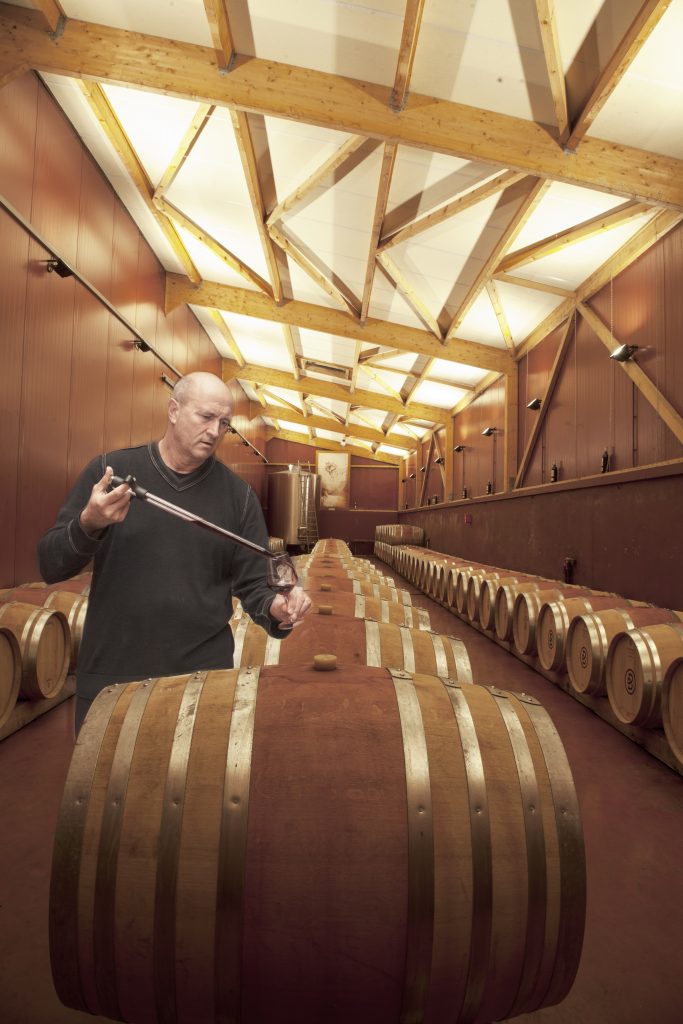
The presentation film of the Aop Brulhois:
Quercy melon – IGP
Its history
Present since ancient times, melon has been adopted over the centuries by certain French regions including Quercy. It was in the post-war period that production spread widely and the market organized itself. The 1960s marked a turning point in the development of melon cultivation in Quercy.
An IGP product
The Melon du Quercy benefits from Protected Geographical Identification (PGI), its quality and origin have been guaranteed by specifications since 2004.
After having opted for the best varietal choice, our producers cultivate the Melon du Quercy with careful care until it is picked. Harvested at perfect maturity in the cool hours of the morning, all precautions are taken during the successive operations of grading, sorting and packaging, so that the Melon du Quercy can present its optimal qualities to the tasting.
Its characteristics
The bark of the Melon du Quercy is smooth or written, adorned with more or less marked green furrows. Its orange-colored flesh, both juicy and melting, delights the most demanding palates with its aromatic richness and delicate flavor. Very digestible and low in calories, it is a source of a large number of vitamins and minerals
Link to the terroir
Spoiled by nature, the Quercy terroir offers hilly reliefs, clay-limestone soils, and a mild and warm climate, which are favorable to the production of a tasty Quercy Melon. The clay provides excellent water retention, thus helping to regulate the water nutrition of the plant. The clay sheets also have the ability to restore to the plant the mineral elements essential for the growth of a good quality fruit. In this zone, producers are grouped together in family and traditional farms.
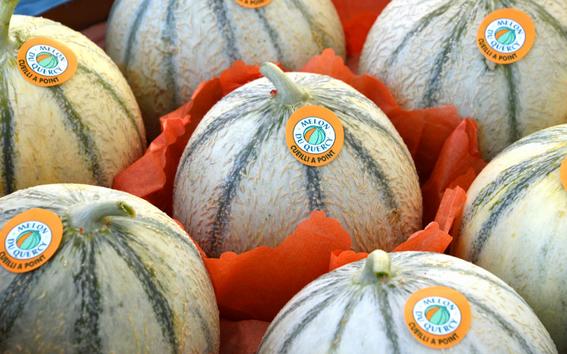
Chasselas de Moissac – PDO grape
Its history and its terroir
It has been cultivated in Occitania since the 19th century, on clay-limestone slopes that are more exposed to the south, southwest. It extends over an area stretching from the south of the Lot department to the north of Tarn-et-Garonne, including our sector.
An emblematic PDO product
This exceptional product is one of the jewels of French gastronomy and is nicknamed golden grain, because of its round shape and the skin on the grains. It obtained the Protected Designation of Origin in 1996. Each bunch is the subject of particular care, the bunches are picked by hand, then, the unwanted grains are removed, using specific scissors, before the packaging. This carving is a work of goldsmith often carried out by women, the chasselatières.
Its taste variations
This grape is a table grape with a sweet taste, which can be declined in different forms to the delight of gourmets, fruit juice, sparkling, jam, jelly, fruit paste …
The Chasselas de Moissac AOP results from treatments that take place throughout the 4 seasons
From the spring, in turn, the épampre Chasselatier (remove the buds on the stalk), disbudges (keep the best placed buds), palisse (intertwine the branches as they grow) and carry out the establishment of the clusters.
From summer to fall, starting in June, comes the time of topping, and thinning (removing some bunches to achieve the desired quality) of the bunches. The picking, divided into three passages, begins at the end of August and continues until the first frosts. Only fully ripe bunches are chosen.
During the winter, the Chasselatier prunes his vineyard and selects the arrow (this involves wrapping the selected branch around the first wire of the trellis and attaching it if necessary) which will carry the future harvest to come.
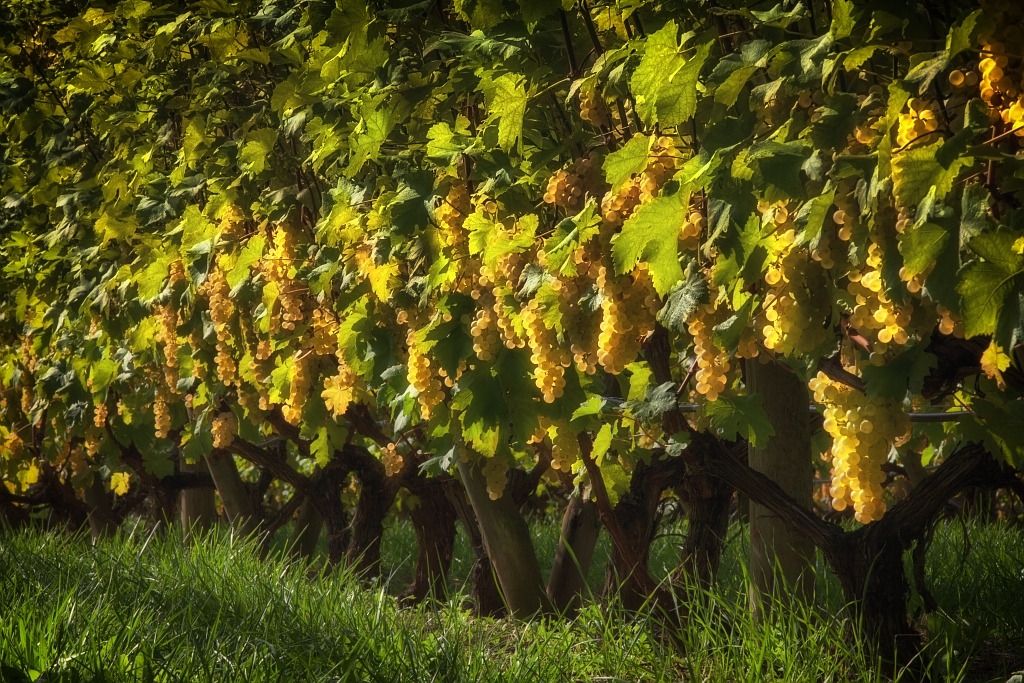
Agen Pruneau – IGP
Its history
Coming from China by the Silk Road, the plum tree was already cultivated on the slopes of the Garonne in the time of the Gauls. Known since ancient times, the technique of drying was introduced in Gaul by the Romans.
However, it was not until the 12th century that the Crusaders brought back from Damascus the plum of the same name which, by hybridization, with a local plum tree gave birth to the plum d’Ente (from the old French “enter” which means “to graft” ) at the instigation of the monks of Clairac Abbey. Its marketing boomed in the 19th century with the development of merchant shipping. The prunes were shipped to Agen by boat from the Garonne docks. Agen thus gave its name to the prunes which are called from Agen Prunes.
A guarantee of quality linked to the origin
The climatic conditions and the terroirs of Lot-et-Garonne (2/3 of the production), Tarn-et-Garonne, Gers, Lot, Dordogne, and Gironde, have made this part of the South-West a land of choice for the cultivation of the Ente plum. The geographical concentration of this production and the respect of strict production and processing specifications, enabled in November 2002 to obtain an IGP (Protected Geographical Indication).
His characteristics
Resulting from the drying of the Ente plum, the Agen prune is a local fruit that concentrates the benefits of the plum from which it comes. It derives its main nutritional qualities from its content in carbohydrates with a moderate glycemic index (53) (combining both slowly assimilated sugars and fast assimilation sugars), the balance between soluble and insoluble fibers it contains , its composition in minerals and vitamins with particularly interesting antioxidant properties.
Its production
Enter plums are traditionally harvested at full maturity between mid-August and mid-September. They then present a dark purple color with characteristic bluish reflections. Their amber, honey-colored flesh is juicy and deliciously sweet. The freshly picked Entte plums are transported to the farm, where they are successively washed, sorted, graded and dried. It is at the end of these steps that the plum becomes a prune. On average, it takes 3 kg of Ente plums to make 1 kg of Agen prunes after drying for 20 to 24 hours in ovens with a temperature between 70 and 80 ° C.
(Sources: Irqualim Occitanie)
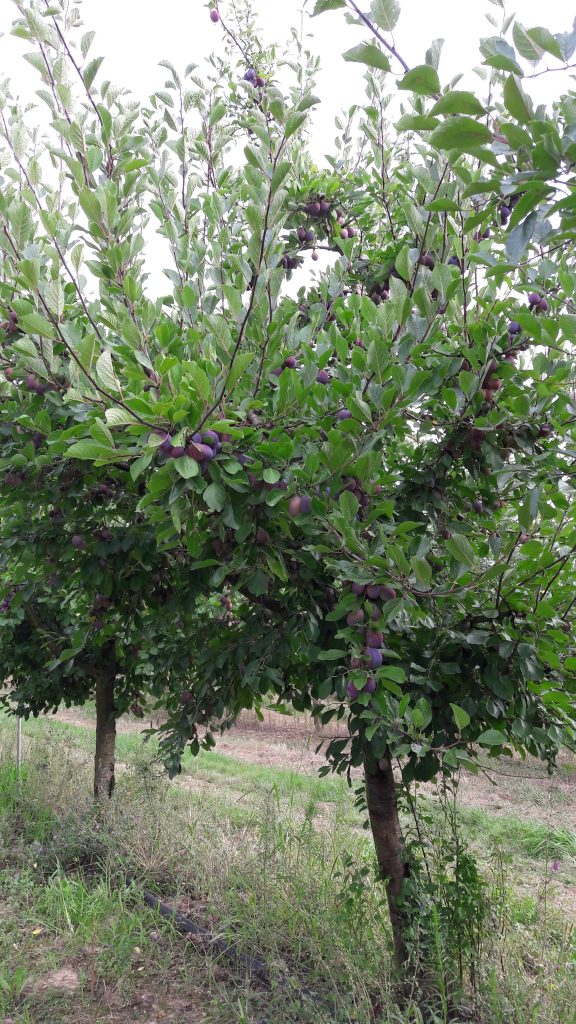
A notebook for gourmets!
The good addresses of our local producers, and delicious recipes

